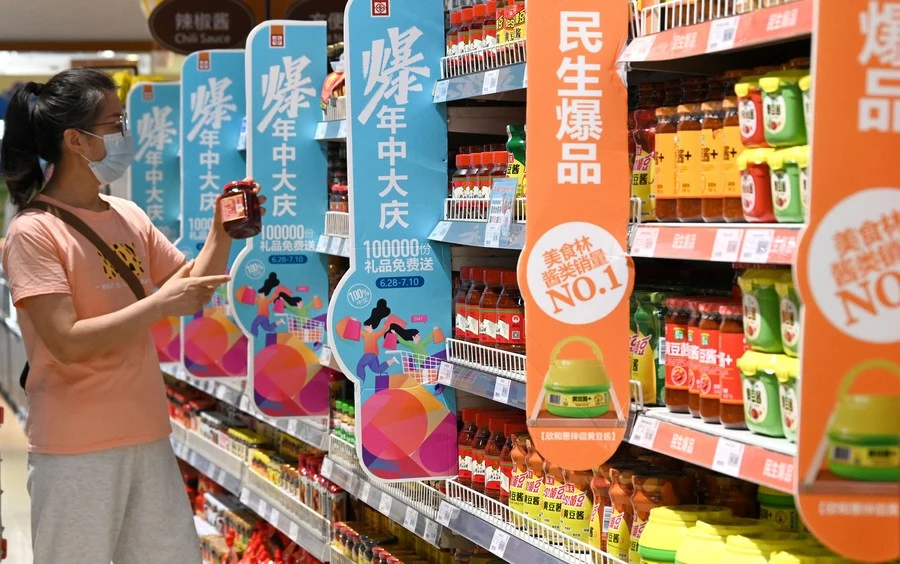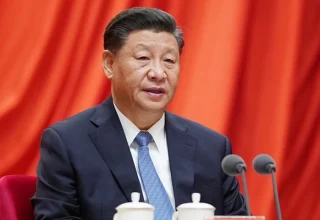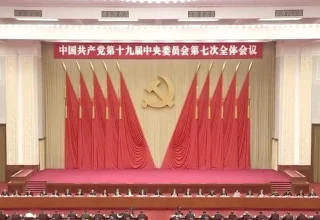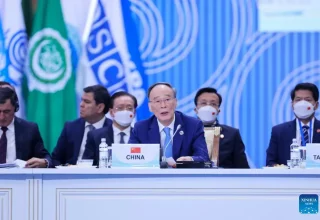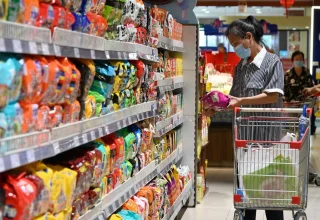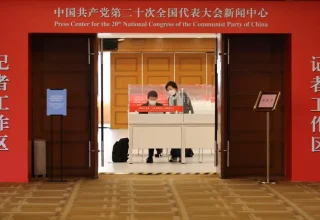BEIJING, July 13 (ABC): With the arrival of summer, China’s consumer spending has gradually warmed up, regaining vitality on the back of policy stimulus, a trend expected to continue as economic growth rebounds. Industrial data unveiled Monday shows that auto sales in the country expanded 23.8 percent year on year in June, rebounding from a three-month declining streak. For market watchers, the uptick mirrors a broader revival in the retail sector.
Despite an upbeat start this year, retailers of the world’s second-largest economy have been come under pressure since March, with COVID-19 flare-ups disrupting normal business activities and denting footfall at diners and shopping malls.
The recovery curve came in May, when the country’s retail sales of consumer goods, a major indicator of consumption growth, posted a decline of 6.7 percent year on year, narrowing from the 11.1-percent contraction in April.
Guan Lixin, a researcher with the Chinese Academy of International Trade and Economic Cooperation, attributed the rebound to the concerted efforts of both government and business, saying that pent-up demand has been unleashed as supportive policies have been delivered, businesses reopened and consumer sentiment lifted. To spur consumer spending, China has introduced a raft of policies, enticing consumers to open up their wallets and helping businesses survive and thrive.
Restaurant owners, retailers and other businesses susceptible to COVID-19 have been offered lower rents and platform commissions, as well as stronger financing support. In a move to further ease the strain on businesses, the country’s State Council decided in May to expand tax refunds and reductions to 2.64 trillion yuan (about 392.3 billion U.S. dollars) this year.
At the local level, governments are handing out billions of yuan in vouchers and subsidies to shore up local spending. The central city of Zhengzhou, for instance, has announced a massive voucher giveaway worth 240 million yuan from late May to August.
“Shopping vouchers have offered a strong boost to our sales,” said Song Huasong, regional president of Lotus supermarkets in central China’s Hunan Province, pointing out that online sales have expanded over 200 percent since June. According to experts, the new spending trends emerging from the epidemic-battered market are also worthy of attention.
They point to a rise in consumption related to wellness, services and technology. Bruno Chevot, president of Danone Greater China, North Asia and Oceania, said that the company will be seizing these fresh market opportunities, and plans to roll out more green and organic food in this year’s consumer expo in Hainan.
Chevot said that Danone remains optimistic about the great potential of China’s market, which is not only big, but also continues to diversify. According to Guan, the new consumption trends and new business formats are becoming new growth drivers in the consumer market, reflecting the great potential, strong resilience and sound fundamentals underpinning the market in China.
China’s economic prospects hinge on the development of its consumer market. In recent years, the country has issued several documents aimed at removing bottlenecks and improving weak links that constrain consumption, as it pursues a new development paradigm with consumption playing a bigger part. Consumption will drive the economic cycle and prop up growth, Guan said, expecting the country to show positive consumption growth figures for June. China will release its June retail sales data on Friday.



